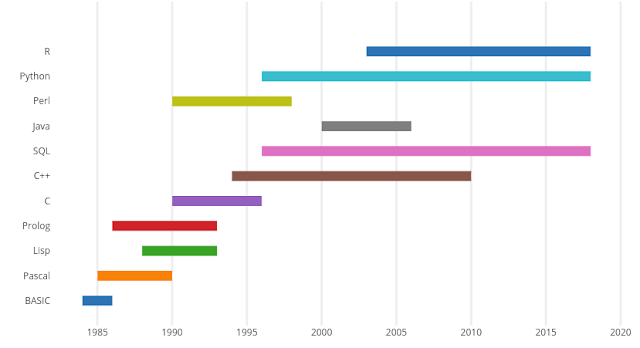Self-Organizing Maps - 90s Fad or Useful Tool? (Part 1)

In this post, I will explain how self-organizing maps (SOMs) work. In the first part of this post, I'll explain the technological underpinnings of the technique. If you're impatient and just want to get to the implementation, skip to part 2 . A few years ago I was having a discussion with a computational chemistry colleague and the topic of self-organizing maps (SOMs) came up. My colleague remarked, "weren't SOMs one of those 90s fads, kind of like Furbys"? While there were a lot of publications on SOMs in the early 1990s, I would argue that SOMs continue to be a useful and somewhat underappreciated technique. What Problem Are We Trying to Solve? In many situations in drug discovery, we want to be able to arrange a set of molecules in some sort of logical order. This can be useful in a number of cases. Clustering . Sometimes we want to be able to put a set of molecules into groups and select representatives from each group. This ma...

